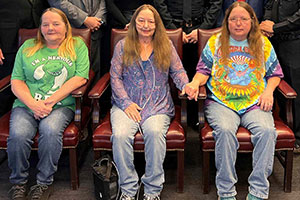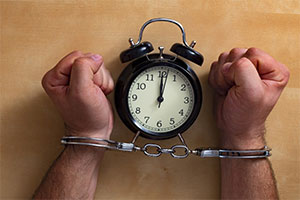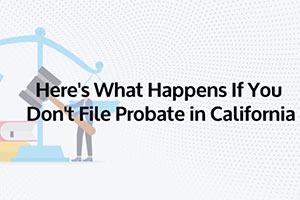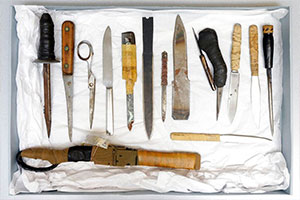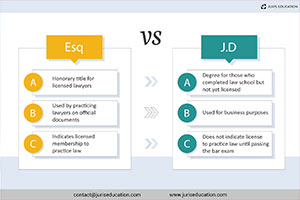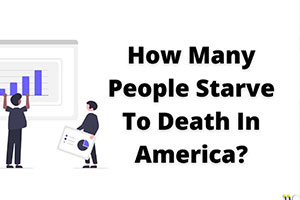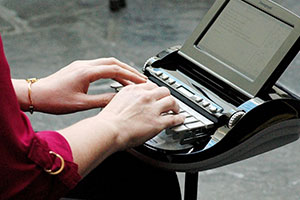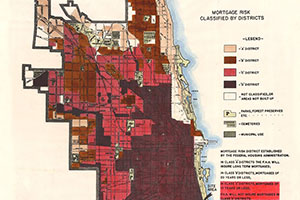What Does CPAC Stand For? A Deep Dive into the Heart of Conservative Politics
NEWS | by
Hey there! Have you ever heard someone mention CPAC and found yourself wondering, “What on earth does CPAC stand for?” Well, you’re not alone. It’s a term that pops up a lot, especially if you’re tuned into the political sphere. But fret not, my curious friend, because we’re about to unravel the mystery of CPAC together, in plain English, with a dash of humor and a whole lot of facts. So, grab a cup of coffee, and let’s get started on this enlightening journey.
The Basics: CPAC Unpacked
CPAC stands for the Conservative Political Action Conference. It’s essentially the Mardi Gras for conservatives in the United States, minus the beads and with a lot more suits and ties. Organized by the American Conservative Union (ACU), CPAC is an annual event that gathers conservatives from all walks of life to engage in discussions about conservative policies, principles, and the future of the Republican Party.
A Brief History Lesson
CPAC wasn’t always the heavyweight political event it is today. It all started back in 1974, making it one of the oldest gatherings of conservative leaders and activists in the country. The conference has grown significantly over the years, attracting high-profile speakers, including sitting presidents, vice presidents, and leading conservative voices. It’s become a key date in the political calendar, where strategies are formulated, alliances are forged, and political stars are born.
The Significance of CPAC
So, why does CPAC matter? Beyond being a rallying point for conservatives, CPAC serves several crucial functions:
- Networking Hub: It’s the LinkedIn of the conservative world, where activists, students, politicians, and media personalities can connect.
- Ideological Marketplace: CPAC is where conservative ideas are pitched, tested, and debated. It’s a melting pot of traditional conservatism, libertarianism, and everything in between.
- Political Launchpad: Many use CPAC as a platform to elevate their political careers, garner support for their causes, or test the waters for potential presidential runs.
What Goes Down at CPAC?
Imagine a mix of passionate speeches, panel discussions, workshops, and the occasional protest, all under one roof. The agenda typically covers a wide range of topics, including economic policy, foreign affairs, social issues, and the Second Amendment. CPAC also features straw polls, which, although not scientifically accurate, provide a snapshot of attendees’ opinions on various political figures and issues.
Controversies and Criticisms
No event of CPAC’s magnitude is without its controversies. Over the years, CPAC has been criticized for various reasons, from the speakers it chooses to invite (or exclude) to the stances it promotes. Critics argue that it sometimes veers too far into extreme territory, alienating moderate conservatives and focusing on divisive issues. However, supporters view it as an essential forum for free speech and the exchange of conservative ideas.
CPAC in the Digital Age
With the advent of social media and live streaming, CPAC’s reach has extended far beyond the confines of its physical location. Speeches and panels are now broadcasted to a global audience, amplifying its impact and sparking conversations across various platforms. This digital expansion has transformed CPAC into a global phenomenon, where its influence on conservative politics can be felt worldwide.
The Future of CPAC
Looking ahead, CPAC shows no signs of slowing down. As the political landscape evolves, so too does the conference, adapting to new challenges and opportunities within the conservative movement. It remains to be seen how CPAC will navigate the complexities of modern American politics, but one thing is for sure—it will continue to be a significant event for conservatives for years to come.
Wrapping Up
And there you have it—a comprehensive overview of what CPAC stands for and why it’s a big deal in conservative circles. Whether you’re a political junkie, a conservative looking for your tribe, or just someone who loves to stay informed, CPAC is a phenomenon that offers valuable insights into the direction and dynamics of conservative politics in the U.S. So, the next time you hear someone mention CPAC, you’ll not only know what it stands for but also understand its significance in shaping the political discourse.
Thanks for joining me on this deep dive into the world of CPAC. Politics aside, it’s always fascinating to explore the events and institutions that influence our world. Until next time, stay curious, stay informed, and never stop asking questions.
